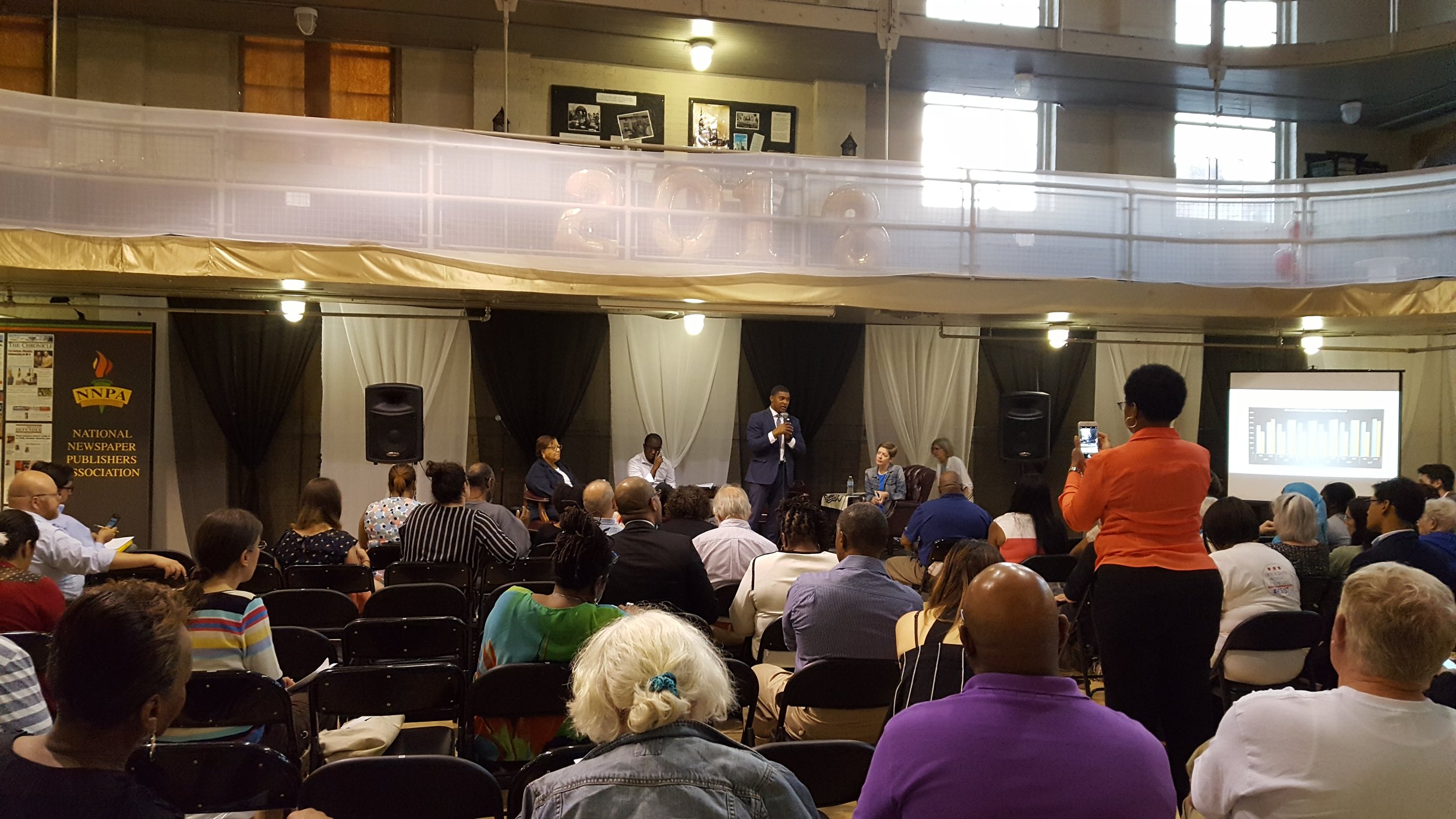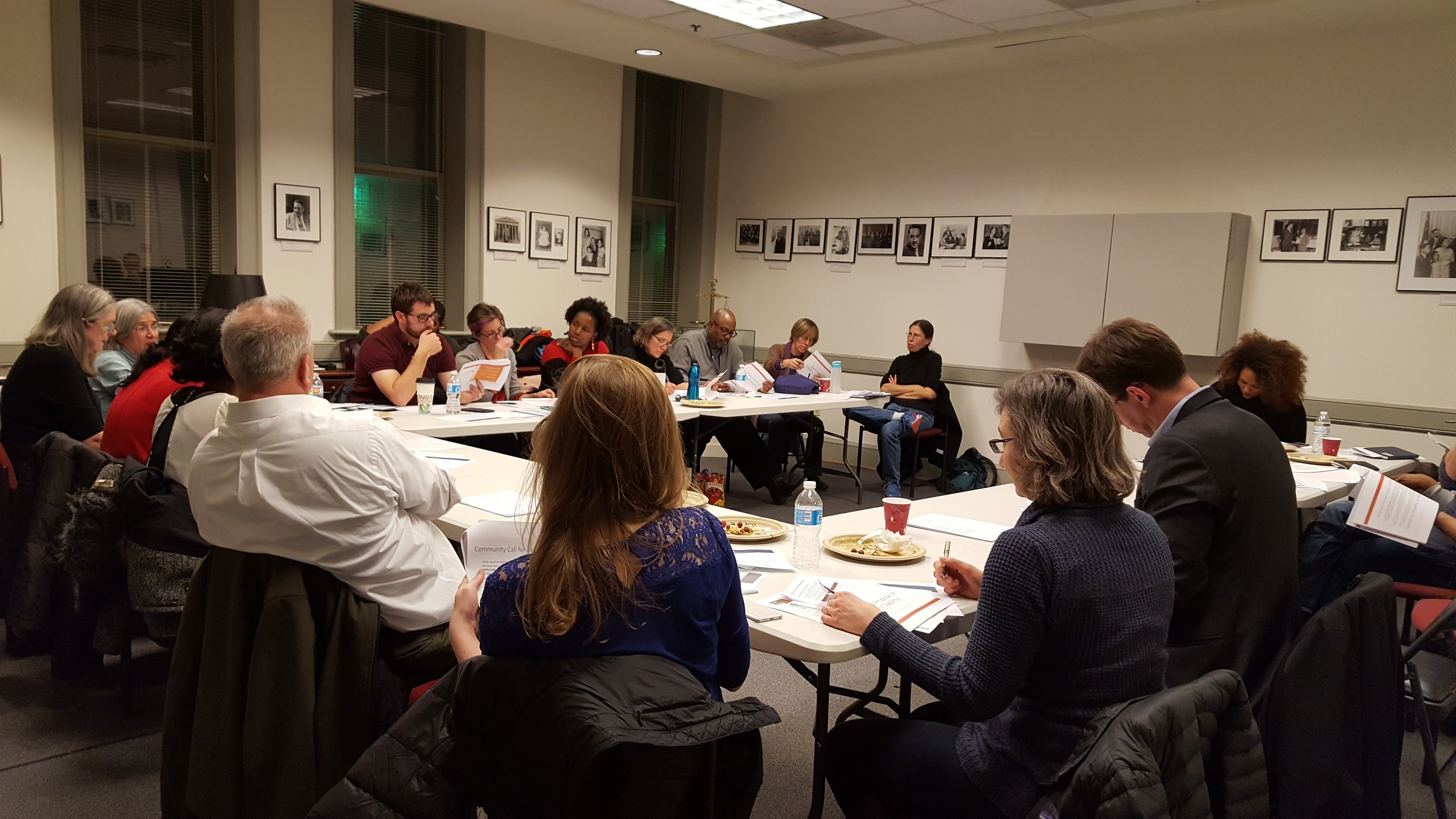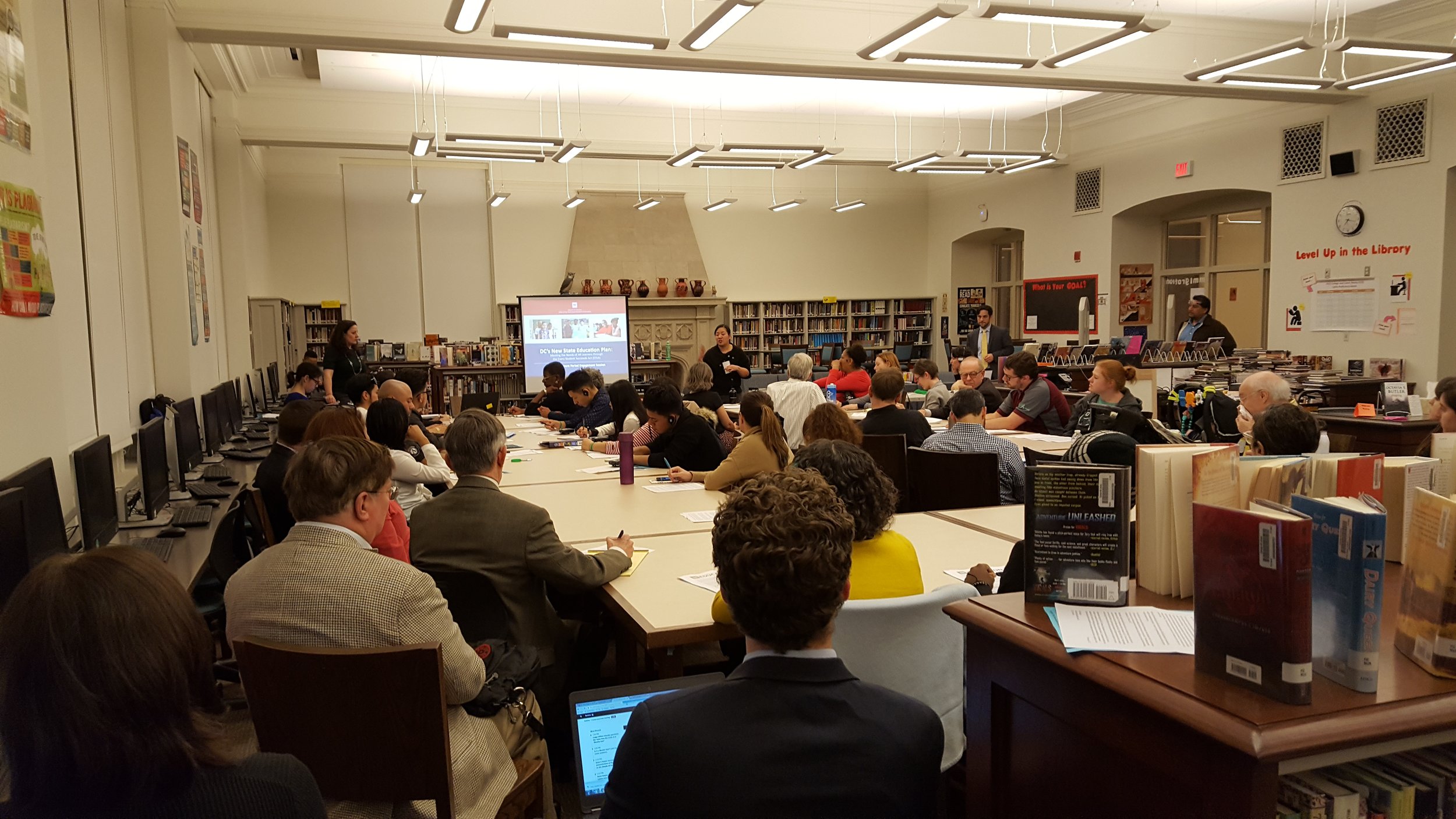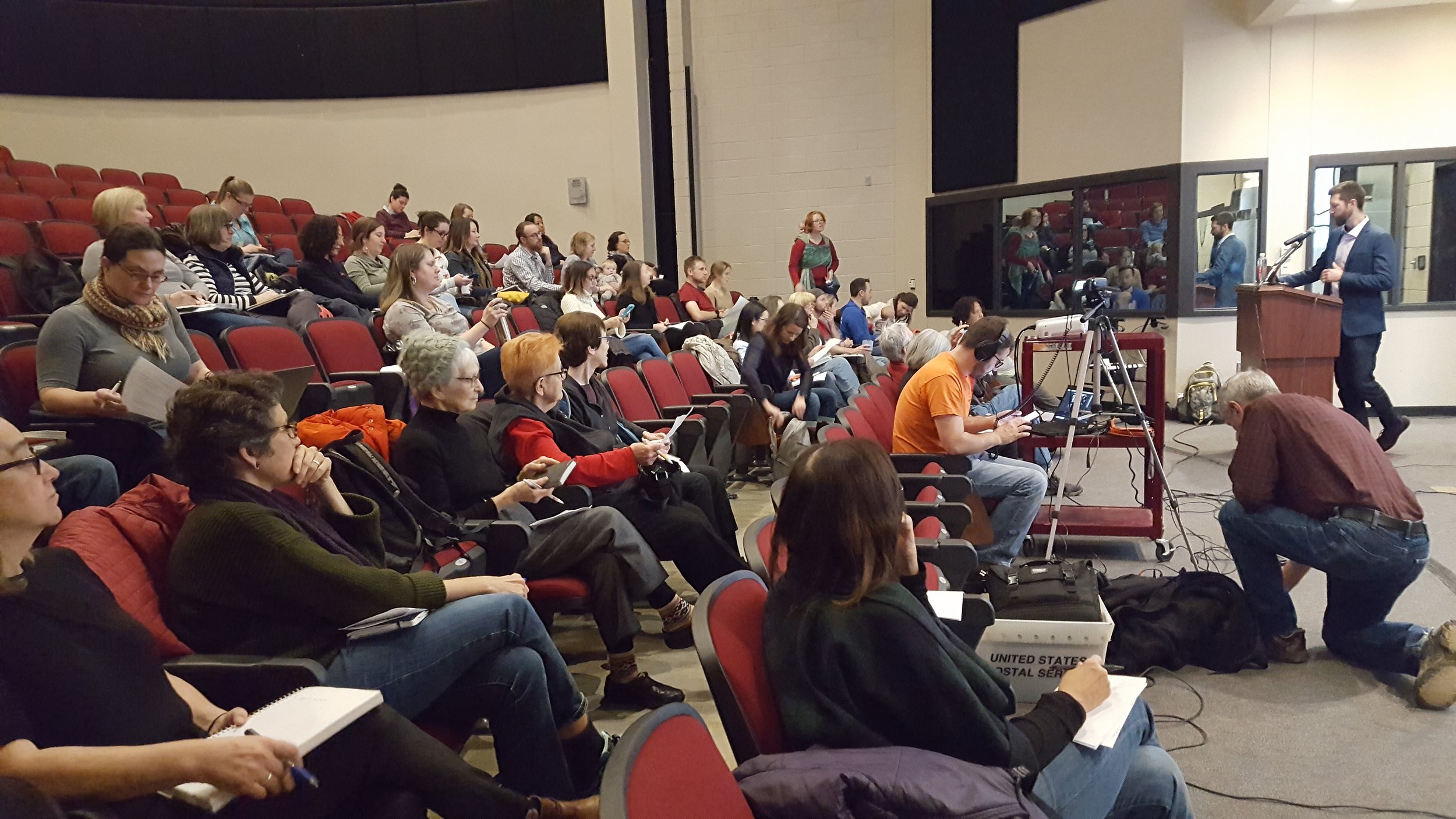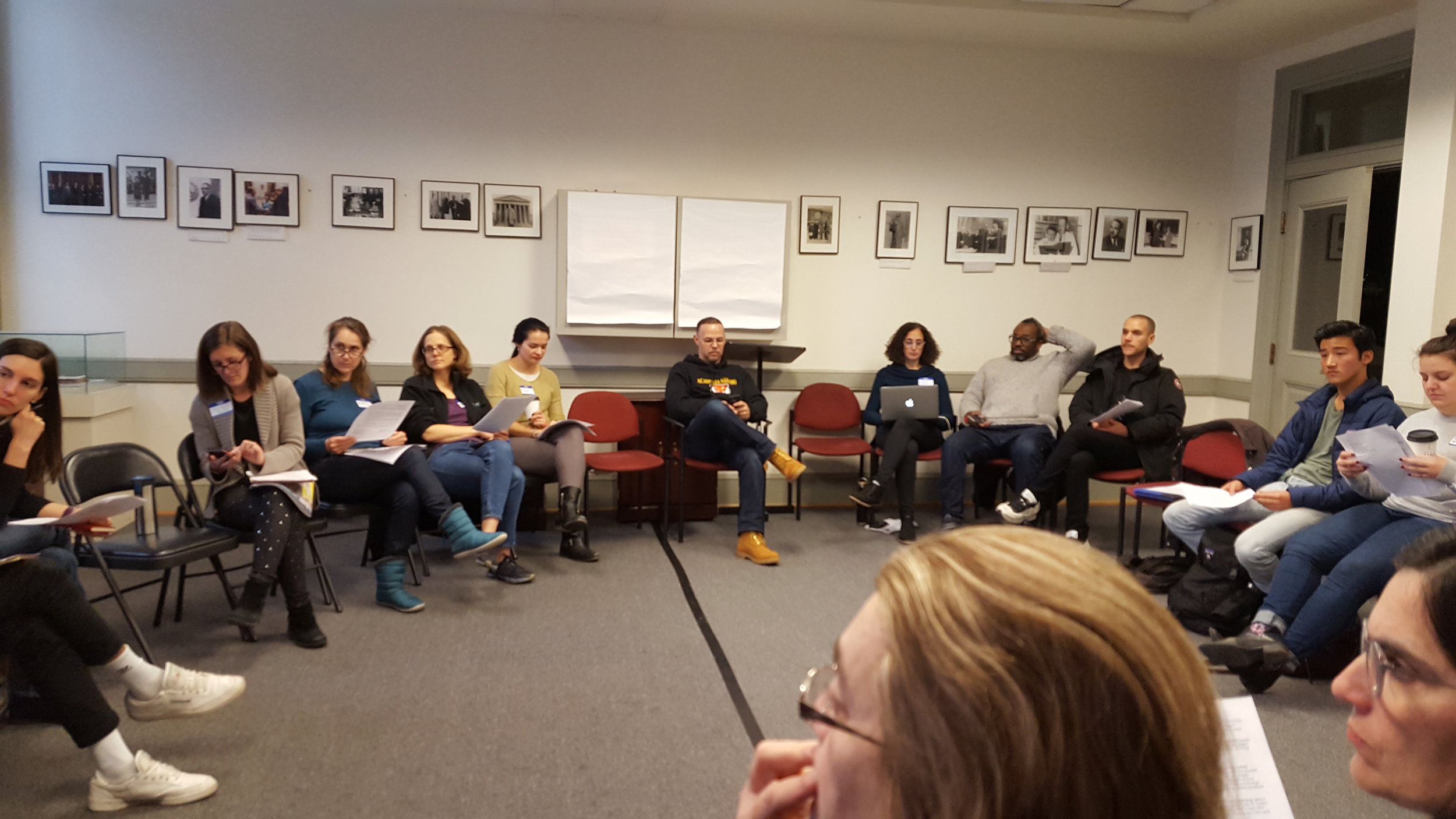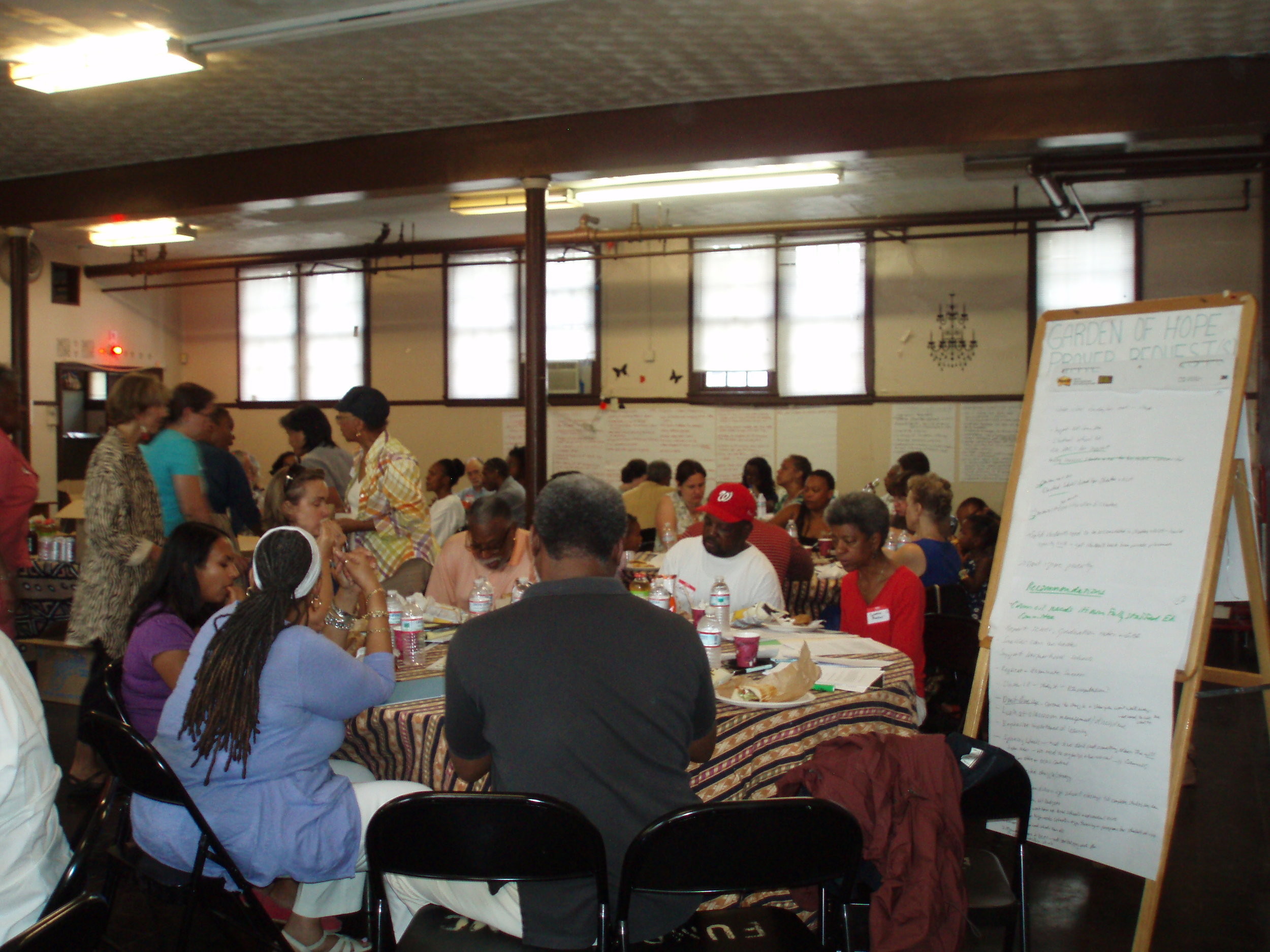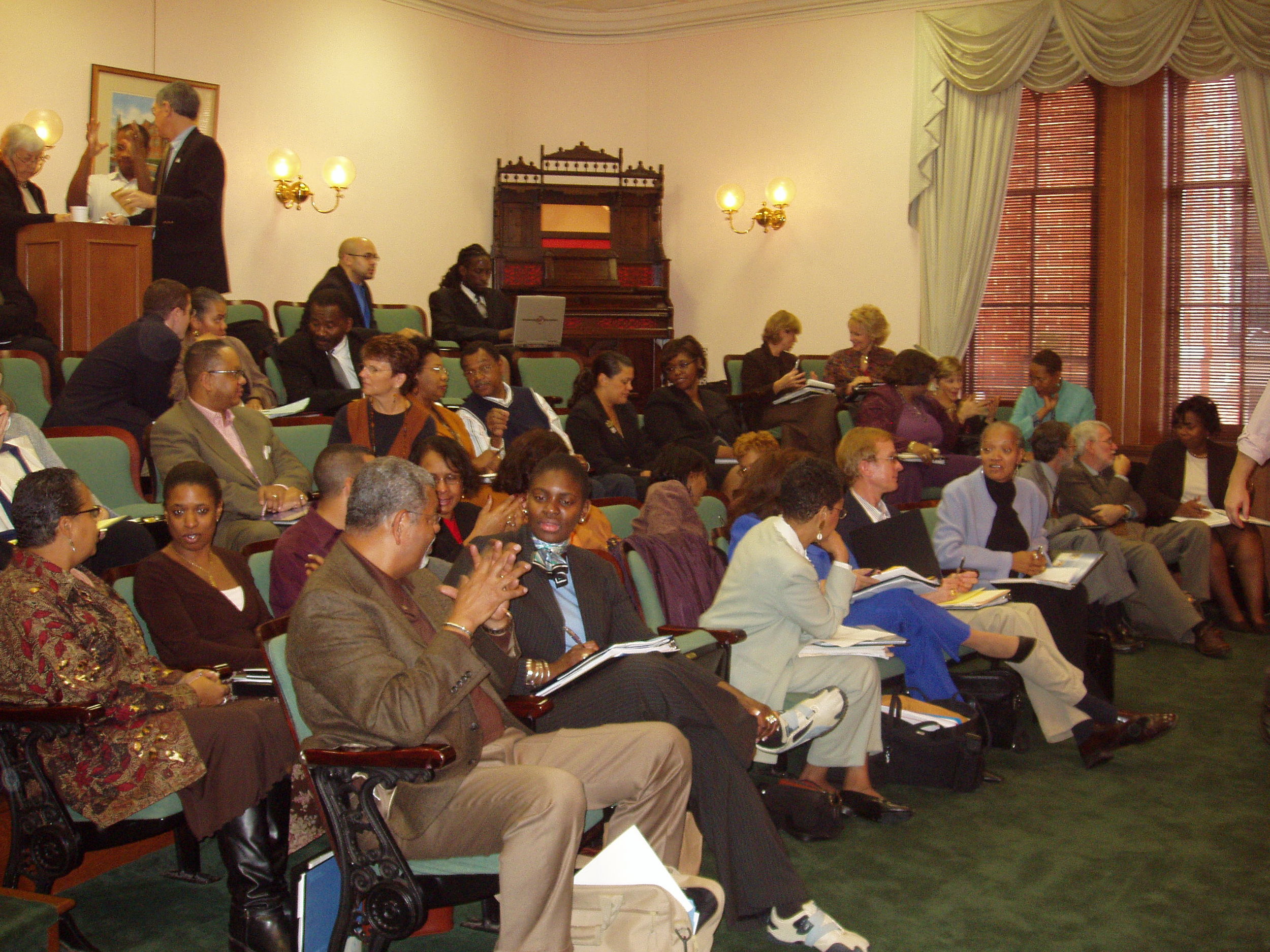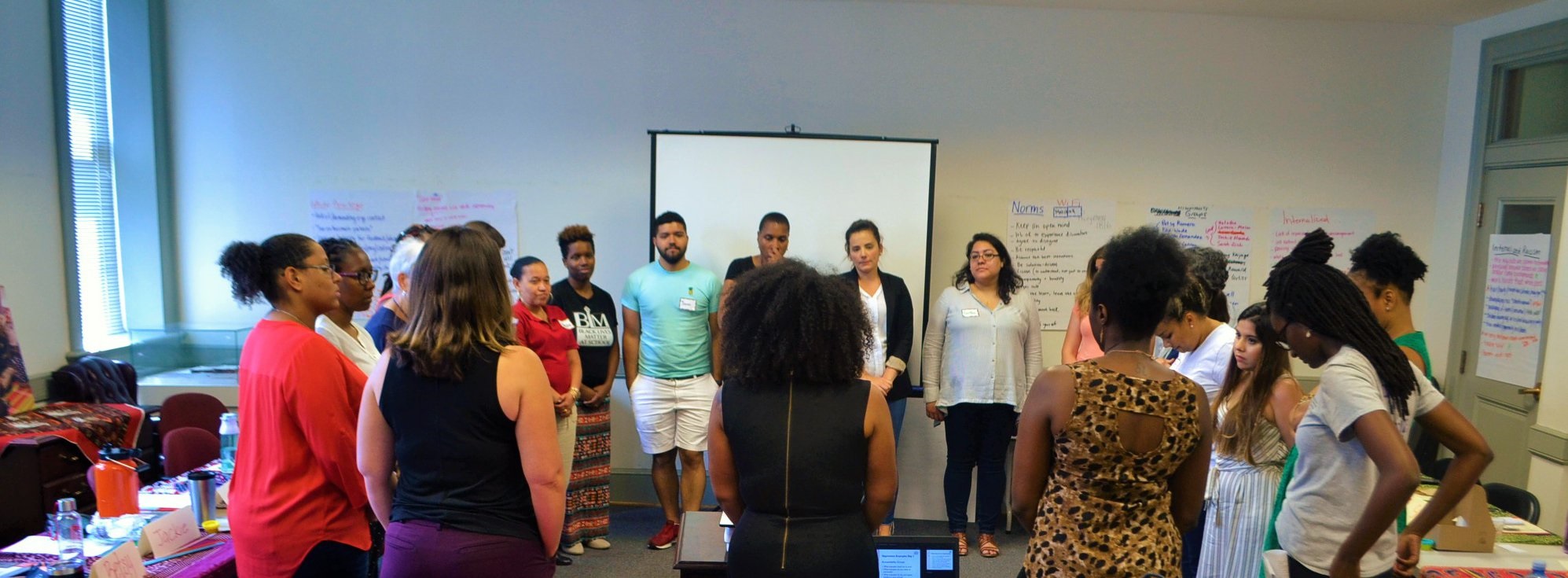Betsy Wolf - Testimony on DCPS FY24 School Budgets
/DCPS dropped its FY24 budget models last week. Here are some insights.
Background: Looking at per pupil budget amounts without considering context is very misleading. Example: Let’s say a school has many self-contained classes. It may look like the school has substantially more $, but that’s not actually true. Moreover, special ed and English learner dollars only reach those student subgroups, who are in the minority in the vast majority of schools.
Solution: The best way to compare budgets across schools is to first remove the $ going to special education and EL students. Removing fixed positions (including psychologists and social workers) and funding buckets for special education and EL students gives a better comparison.
Caveats: The following graphs also include federal Title I/II funds, so not all dollars are local, and I also excluded ROTC and pool costs because those are outside the education program.
Let’s look at elementary schools.
Note: This graph was produced from data compiled by unpaid volunteers because DCPS did not provide the school budget data in spreadsheet format.
We can see that the per-pupil amount increases with the percent “at-risk” in the school, which is a good thing. For schools with similar “at-risk” percentages, FY24 enrollment also explains some differences, with lower per-pupil costs for schools with larger enrollments.
Let’s look at middle schools. Again, the per-pupil cost goes up with % “at-risk” in the school, and the per- pupil cost is higher in schools with lower enrollments.
Note: This graph was produced from data compiled by unpaid volunteers because DCPS did not provide the school budget data in spreadsheet format.
Same findings for education campuses (elementary + middle schools)…
Note: This graph was produced from data compiled by unpaid volunteers because DCPS did not provide the school budget data in spreadsheet format.
And finally for high schools…
Note: This graph was produced from data compiled by unpaid volunteers because DCPS did not provide the school budget data in spreadsheet format.
Insights: The upward trend for higher per-pupil amounts for schools serving a higher % of students classified as “at-risk” is a promising sign for equity, but is it enough? Short answer is probably not. Researchers have estimated how much more $ students coming from underserved communities need to achieve the same outcomes as those who are not. Estimates range, but some estimates indicate double the resources (or more) is needed.
Nevertheless, equity has been improved. Take a look at a similar graph from 2017-18 for elementary schools under the former DCPS budget model where we did NOT see increases in per-pupil costs for schools serving underserved communities:
Note: This graph was produced from data provided by Mary Levy on budget data from 2017-18.
A question not answered by these graphs is adequacy. Are the base amounts enough to cover the general education program, including grade-level teachers, minimum number of specials teachers, the assistant principal, and instructional coach? Probably not. If a hypothetical school had 2 classes in each of grades PK3-5 and an enrollment of 350, the per-pupil cost for the bare minimum school leadership and teachers would be about $10,000. Some schools are below this threshold, and this is really the bare minimum.
Schools with targeted funds can pull from their targeted funding buckets to cover basic costs (but this diminishes equity since targeted funding buckets are intended for students with additional needs), and schools without much targeted funds receive other mysterious funding buckets (like Mayor’s recovery) to cover basic costs. The bottom line is that DCPS is still supplanting funds, and DCPS needs to adequately fund the base for all schools. We can’t truly have year-to-year stability until they do this.
Another question not answered by these graphs is year-to-year stability, which is important. What DCPS budget formulas don’t address though is declining enrollments due to unrestrained openings of new schools. Should we allow schools for which students are guaranteed a seat any day of the school year to completely close in some communities? I don’t think so.
Council also recently passed legislation to achieve more year-to-year stability of DCPS school budgets. But DCPS’s previous system of school budget was neither fair nor equitable. Don’t we want stable, fair, AND equitable budgets? It was interesting to me that out of the three goals of stability, equity, and adequacy, Council has passed legislation on only one of these three goals (stability). But all are equally important.
So where do we go from here? DCPS should increase the base for all schools so that the base student- level funding covers general education costs, and schools won’t need mysterious funding buckets to fund the basics. This would help with both adequacy and year-to-year stability. We should also examine whether schools serving underserved communities are receiving enough extra funds to provide supports above and beyond what other schools are getting. Let’s also not forget about PTA/PTO funds in getting a holistic picture of what we’re spending to educate students at different schools.
Addendum: The data were compiled by unpaid volunteers because DCPS did not release school budget data in spreadsheet format. In addition, the data and graphs were not formally reviewed as they were created by volunteers, and there may be errors. This is Twitter-rigor, and the data are here: https://docs.google.com/spreadsheets/d/1i3BCezzno9ATttmTAxqQxjpKSo3QnUAVEJyDgUhJ6tY/edit#gid=1099378998.
Finally, the timing of the release of the budgets was horrible, in that LSATs needed to meet to discuss the budgets, but school was closed this week so many parents and LSAT members were out of town. DCPS really needs to work on the timing piece.
